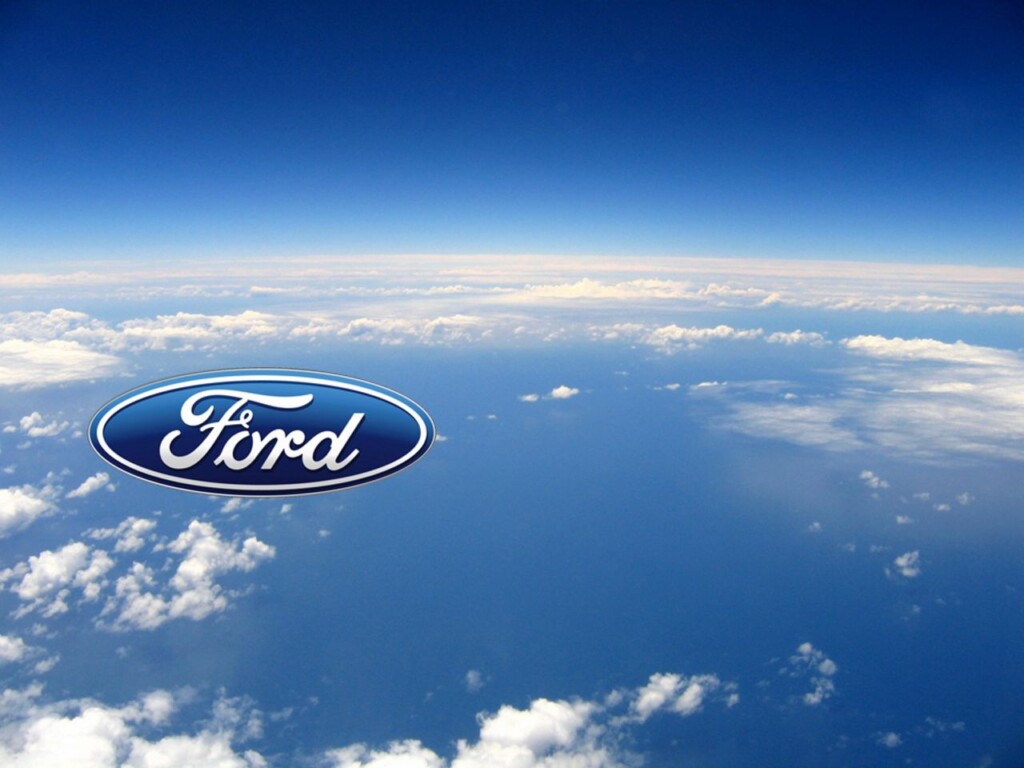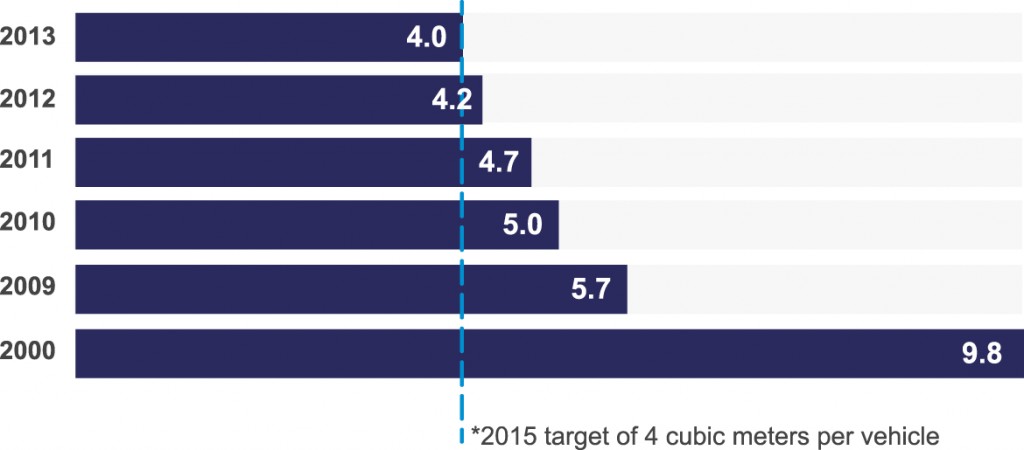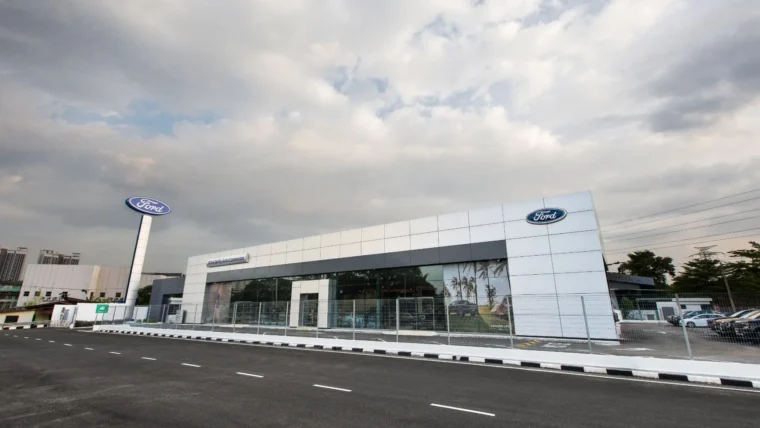While eco-conscious consumers consider the latest electric, hybrid or fuel efficient vehicles, Ford Motor Company has come up with another sustainability initiative by reducing 30% amount of water usage at its manufacturing plant.
Ford believes that it is a basic human right to have clean, affordable drinking water and access to sanitation, and last year the company reduced per vehicle water use by 30% globally at its plant. The company also plans to further cut water use by another 2% this year.
“As Ford continues with its largest global expansion in more than 50 years, the company also recognises that working in regions struggling with water scarcity will soon make water a costly commodity,” said John Fleming, executive vice president, Global Manufacturing and Labor Affairs for Ford Motor Company. “From a business perspective, understanding future constraints and immediately reducing Ford’s water consumption makes sense.”
In April, Ford President and CEO Alan Mulally endorsed the CEO Water Mandate to more clearly define the company’s mission. The private-public initiative launched by the U.N. Secretary General in 2007 requires participating companies to report their water management progress annually.
Later this year, Ford will begin asking high water-use suppliers and those working in water-stressed regions to voluntarily report water consumption. Ford will then work with the suppliers to achieve reductions. The hope is that successful initiatives will be mirrored by other suppliers globally, helping Ford to significantly reduce its environmental footprint.
Across the globe, examples of Ford’s success with water conservation are numerous. In Asia Pacific, Ford has implemented a production process called Minimum Quantity Lubricant or MQL in the Changan Ford Engine Plant in Chongqing. MQL drastically reduces coolant and water use compared to conventional wet machining. For a production line producing 450,000 engines, MQL technology saves around 282,000 gallons of water per year.
Also, Ford plants in India, Thailand and China use three-wet paint technology and rotated-entry dip paint technology to reduce water as well as energy and material use. In Chennai, India, Ford’s vehicle assembly and engine plant now recycles 100% of its waste water, while in Chongqing, China, Ford’s two assembly plants recycle up to 100,000 gallons of water every day. These and other water-saving processes led to year-over-year water savings of 18% per vehicle in 2013 across the Asia-Pacific region.
“We realize water savings through new technologies and processes as well as through re-use and smart thinking,” said Todd Walton, manager, New Business, Environmental Quality Office, Ford Motor Company Asia Pacific.“Water conservation is critical across the globe but especially in areas of increasing population and development. The water we save helps to sustain the health and prosperity of the region and its communities.”
Ford began strategically working to improve the company’s water impact globally in 2000 by setting year-over-year reduction targets as part of its Global Water Management Initiative. The success of the initiative is measurable.
Not only has the company reached its water-use-per-vehicle goal two years ahead of schedule, it cut global water use by 61%, or by more than 10 billion gallons, between 2000 and 2013. That savings is the equivalent of 1 billion five-minute-long showers. The total amount of water used around the globe at Ford facilities went from 64 million cubic meters per year to 25 million cubic meters.
Other posts by AF Newsdesk










